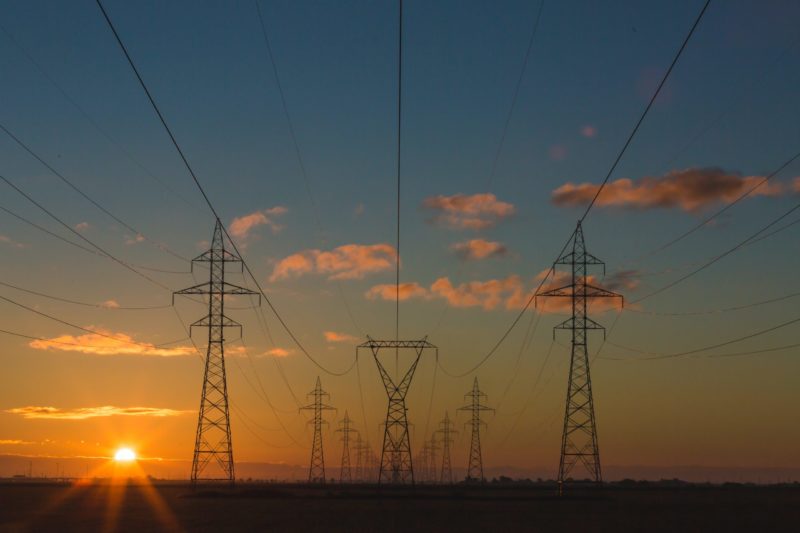Energy efficiency can help solve some the biggest problems facing Texas right now: resource adequacy, or grid reliability, and resilience during our summer heat waves or winter storms, as we recently experienced. One might ask, what has efficiency done for us so far? Energy efficiency has saved 3900 MW in peak demand since 2007! To put this in perspective 3900 MW is the equivalent of power consumed by 1,794,000 homes in the southern U.S. Making energy efficiency a key priority not only makes sense, but it is economical, simple to implement, and necessary for resilience and reliability. While the prices of a kilowatt hour remains relatively low in the state, Texas’ average electricity consumption per home is roughly 26% higher than the national average, creating high energy bills for customers. Texas’ dramatic peak demand is driven by extreme summers and now, more often by increasingly colder winter temperatures. As of 2014 more than two-thirds of homes in Texas were 20 years or older. The inefficiency of most Texas homes is a direct contributing factor to high energy peaks and high energy bills. In fact, residential and small commercial load represent 73% of the peak summer load that ERCOT strives to satisfy. While in the past much of the state’s peak loads have occurred in the summer heat, with more extreme weather conditions and storms occurring, we will begin to also witness these peak loads, and potential blackouts, in winter months. This is due to the lack of building standards and ineffectiveness of current energy efficiency measures across the state. Upgrading the existing building stock to be both more climate resilient and efficient could be an enormously effective way to reduce peak demand, therefore decreasing the need for new power generation and associated power infrastructure costs.


An increased focus on and implementation of energy efficiency measures can ease the demand on ERCOT during a winter emergency or more predictable summer needs. Perhaps it is time to reconsider what resource acquisition vehicle might be appropriate to our current market structure? We know energy efficiency and permanent load shifting (investments to permanently reduce total demand or reshape the demand profile), as well as demand response, are required to reduce the systemic inefficiencies that are driving peak load and high costs in our state. The future of the Texas grid will rely on energy diversity through advanced technologies to ensure a system that is more reliable, efficient and affordable for customers. But it is also likely that without a market of its own—because of the millions of individual actions required to obtain efficiency at scale—we are unlikely to approach an optimum level of efficiency investment as a society. Nationally, efficiency programs have proven successful, as many states capture more efficiency than Texas, and at a national average cost of only 2.8 cents per kWh – cheaper than the marginal cost of electricity. We need change! Here are just a FEW ways we can make a difference:
Source: EPRI, 2017. State-Level Electric Energy Efficiency Potential Estimates
Texas leadership needs to contemplate how energy efficiency might be compensated through our unique energy-only market. Efficiency, as opposed to demand response, includes the investment in equipment or building components or materials that have continuous or regular impacts on a load’s energy profile, resulting in predictable reductions in peak load or total energy consumption in different but predictable ways throughout the day and year. Adding more ceiling insulation is the ultimate in “set-it-and-forget-it” solutions for consumers, and will absolutely deliver savings, particularly during summer and winter peaks.
Importance of energy efficiency policies:
Energy efficiency is considered low-hanging fruit for existing homes and buildings. These actions and initiatives are simple, turnkey, and require little investment but drive major impacts. The implications are hard to overstate: cost savings, system efficiency and resiliency through reduced peak, emissions reductions, and increased grid reliability.
Photo credit: Climate Central A recent study exposed that Texas leads the country with the most…
This website uses cookies.